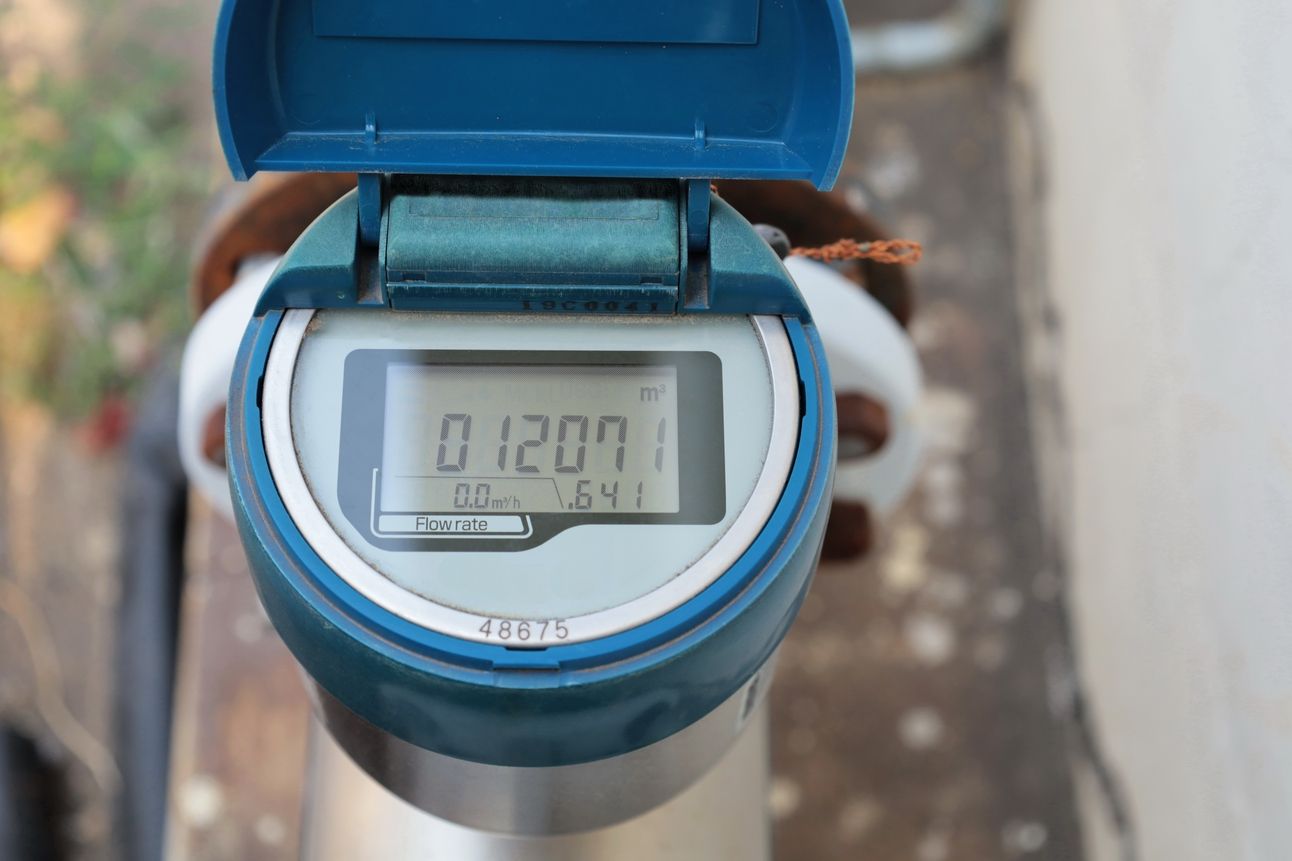The era of estimated water bills and reactive maintenance is ending. In 2025, Advanced Metering Infrastructure (AMI) and smart water meters are redefining how utilities and customers interact with water. By delivering near real-time data, these technologies are helping to drive efficiency, reduce waste, and empower consumers to take control of their water use.

As the impacts of climate change, population growth, and resource scarcity deepen, smart metering is not merely an innovation—it is a necessity.
What is AMI?
Advanced Metering Infrastructure (AMI) refers to an integrated system of smart water meters, communications networks, and data management platforms. Unlike traditional meters that require manual reading and offer minimal insights, AMI systems automatically collect detailed consumption data and transmit it wirelessly to the utility and, increasingly, to the consumer.
Key features of AMI include:
Hourly or even real-time water usage data
Automated leak detection
Remote service disconnection and reconnection
Enhanced billing accuracy
Consumer engagement tools
By offering precise, timely information, AMI transforms water management from a reactive to a proactive model.
Case Study: SA Water’s Smart Meter Rollout
A leading example comes from South Australia’s SA Water, which embarked on a major smart meter deployment project. By installing over 400,000 smart meters across Adelaide and regional areas, the utility achieved several key outcomes:
Rapid leak detection: Customers were notified within hours of abnormal usage patterns, allowing many to fix issues such as burst pipes and faulty irrigation systems before receiving a high bill.
Reduced operational costs: With automated meter readings, SA Water eliminated the need for manual meter readers, saving time and money.
Enhanced customer satisfaction: Customers accessed daily water use data through an online portal, enabling more informed and sustainable consumption habits.
Within the first year, the programme detected over 8,000 leaks—saving millions of litres of water and significantly reducing customer complaints.
Benefits for Utilities
For water utilities, the advantages of AMI go far beyond accurate billing:
Early Leak and Burst Detection: Real-time monitoring allows for faster identification of issues in the distribution network, reducing water loss and preventing costly damage.
Demand Management: Detailed consumption patterns enable utilities to better forecast demand and optimise pumping and treatment schedules, reducing energy consumption.
Revenue Protection: By identifying unauthorised connections or faulty meters swiftly, utilities can protect against revenue loss.
Improved Asset Management: AMI data informs maintenance and investment decisions by highlighting stress points within the system.
In the UK, Thames Water is investing heavily in smart metering, aiming to roll out around one million devices by 2030 as part of its drive to halve leakage rates
Empowering Consumers
Smart meters are not just a utility tool—they are reshaping customer behaviour. When consumers can see their usage in real-time, they tend to use water more thoughtfully.
Studies show that households with access to real-time data can reduce consumption by 10–15%. Smart meter portals often highlight comparisons to similar households, show daily and hourly usage patterns, and alert users to leaks or spikes, fostering a culture of awareness and responsibility.
The environmental benefits are significant: reduced consumption means less strain on water sources, lower energy use for treatment and pumping, and fewer carbon emissions.
Integration with Broader Smart City Initiatives
AMI is also a building block for broader smart city strategies. Water usage data can be integrated with other infrastructure management systems—such as energy, transport, and waste management—creating synergies that improve urban sustainability.
In Copenhagen, for example, AMI is part of the city’s goal to become carbon neutral by 2025. Real-time water usage data feeds into a central urban dashboard that helps planners make data-driven decisions about resource allocation and infrastructure upgrades.

AMI is part of Copenhagen’s goal to become carbon neutral by 2025.
Challenges and Considerations
Despite the clear advantages, there are hurdles to widespread AMI adoption:
Cost: The initial investment for hardware, software, and network infrastructure is significant.
Data Privacy: Secure data management and transparency about usage are crucial to maintaining customer trust.
Technical Complexity: Integration with legacy billing and management systems can be challenging.
Public Perception: Some consumers are wary of ‘big brother’ technologies or fear hidden costs.
Utilities must address these concerns through clear communication, robust cybersecurity measures, and demonstrable benefits.
The Road Ahead
As regulatory pressures grow and public expectations shift towards sustainability and transparency, AMI will move from being a ‘nice to have’ to a ‘must have’ technology.
In the UK, Ofwat’s PR24 framework is already pushing utilities to demonstrate smarter management of water resources, making AMI a strategic priority.
Looking ahead, the combination of AMI with artificial intelligence, machine learning, and IoT platforms promises to deliver even deeper insights. Predictive maintenance, dynamic pricing models, and enhanced drought resilience are all on the horizon.
The future of water is smart—and it starts with knowing, in real-time, how much we use and where it goes.




